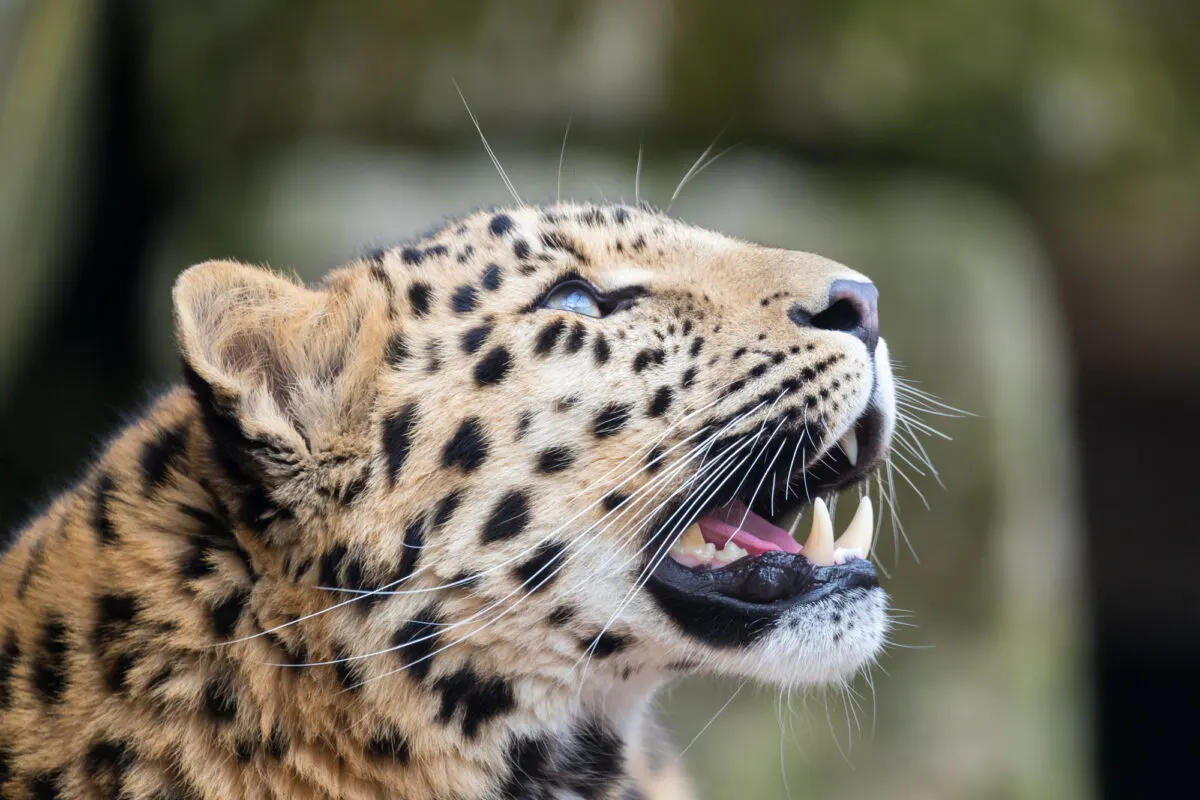The Amur leopard is a giant cat causing a stir in the animal kingdom. This endangered leopard species, native to the Russian Far East and parts of China, is known for its beautiful spotted coat, elusiveness, and remarkable ability to adapt to colder climates.
While once considered functionally extinct due to hunting and habitat destruction, recent conservation efforts have allowed these animals to return from near extinction. Although their population numbers are still low – just over 80 individuals estimated – their story highlights how we can make a difference in protecting wildlife.
Read to the end to watch the video!
History and Origin of Amur Leopard
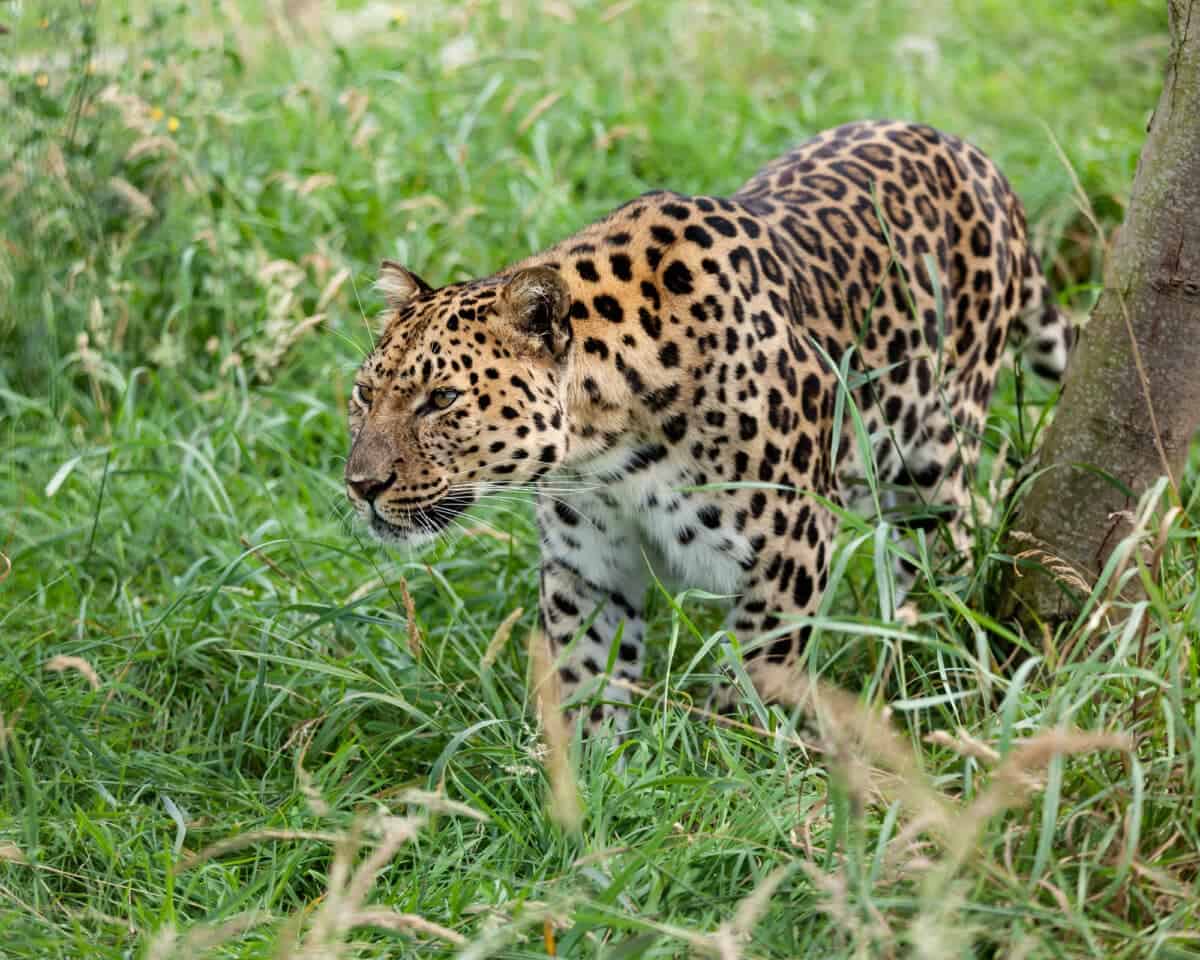
The Amur leopard (Panthera pardus orientalis), also known as the Far East leopard, is a subspecies native to southeastern Russia and northeastern China. This majestic big cat has distinctive golden-yellow fur covered with black rosettes and spots. This provides excellent camouflaging in its natural habitat.
The Amur Leopard’s history can be traced back to the Pleistocene epoch, which spanned from 2.6 million to 11,700 years ago. At this time, the Amur Leopard had a much larger distribution area. This ranged from northern China to the Korean Peninsula and the Russian Far East. However, due to hunting and habitat destruction, as well as a decrease in their natural prey, the population of Amur Leopards has been significantly reduced. This has led to their current critically endangered status.
Today, the Amur Leopard is one of the rarest big cats in the world. With less than 100 individuals remaining in the wild. The species is now protected under national and international legislation. This includes extensive conservation efforts underway to ensure the survival of this magnificent animal. These efforts include habitat restoration, removal of hunting traps, increasing anti-poaching patrols, and captive breeding programs.
History
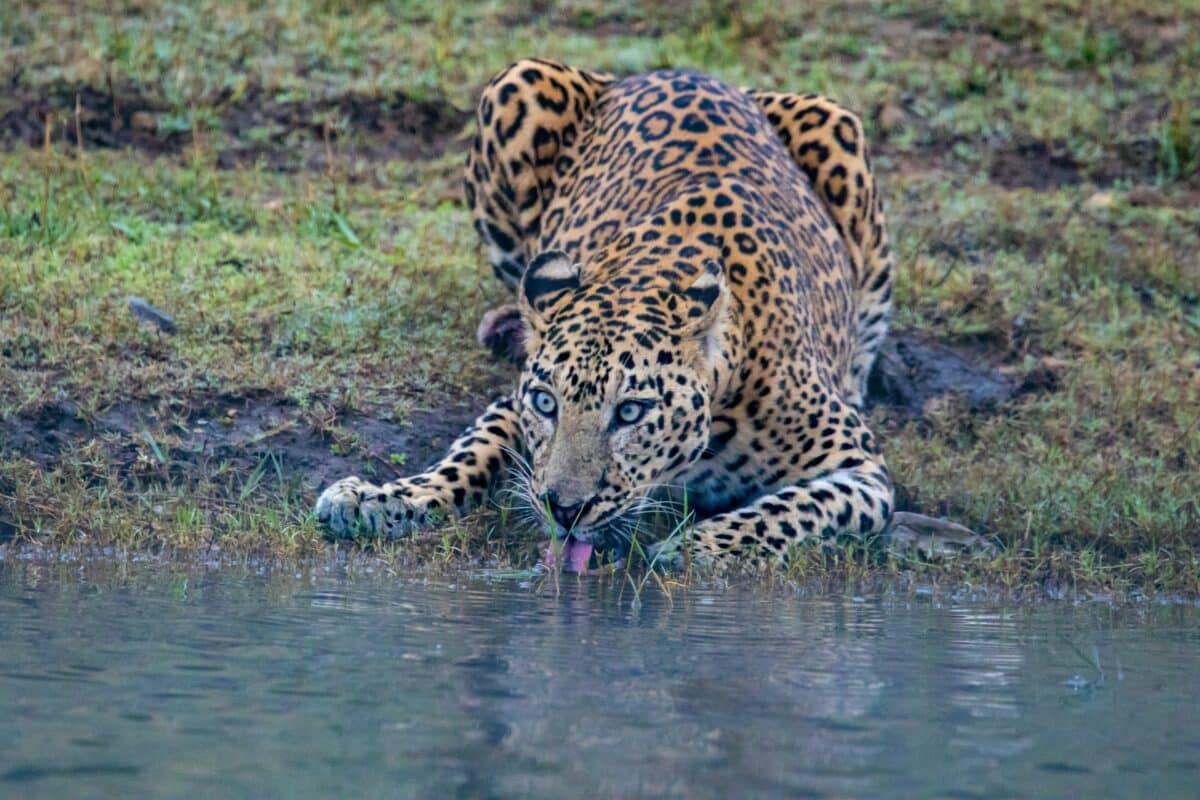
The history of the Amur leopard dates back to the Pleistocene epoch, at least 700,000 years ago. Fossil evidence suggests that this subspecies evolved from a panther-like ancestor in eastern Asia and migrated toward the north.
In the past, the Amur leopard’s range stretched from the Korean peninsula to the Amur River and the Russian Far East. However, their population drastically declined due to habitat loss, poaching, and other human activities. In the 1940s, the Amur leopard was declared extinct in China. Then by the 1990s, only a handful of individuals were left in Russia.
Conservation efforts started in the 1990s when the Russian government established the Land of the Leopard National Park.
Scientific research, anti-poaching measures, and habitat restoration programs have since helped to stabilize the population. Furthermore, today there are around 100 Amur leopards in the wild.
Physical Characteristics of Amur Leopard
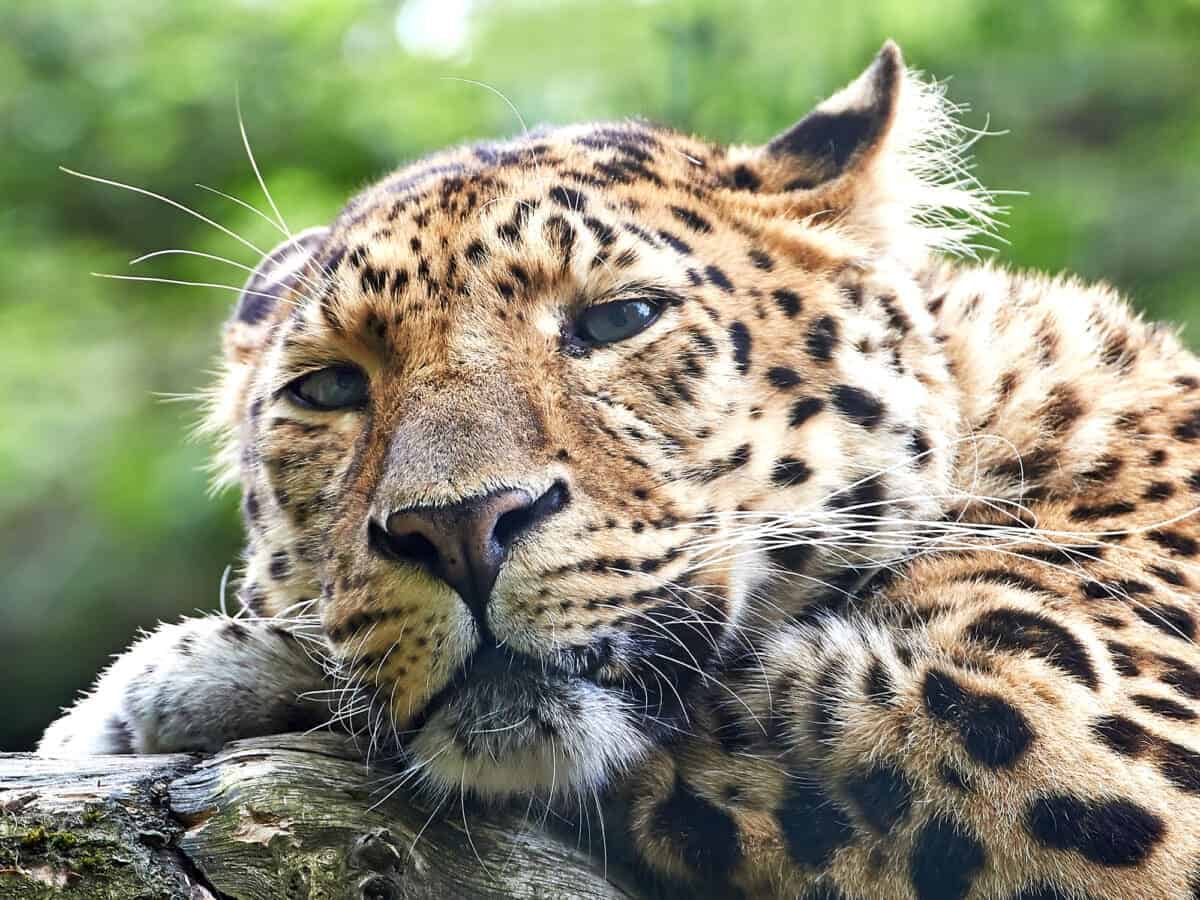
Amur leopards are similar in appearance to other leopard subspecies but with some notable physical characteristics. They are typically more extensive and muscular than other leopards, with males weighing up to 90 kg and females weighing up to 40 kg. Their thick, soft fur is pale gold with black spots and rosettes, which can help to camouflage them in their forest habitat.
One unique trait of Amur leopards is their ability to adapt to cold climates. They have longer fur than other leopards, which helps to insulate them from the harsh winters of their native range. They also have wider paws with extra fur on the pads to help them navigate through snowy terrain.
How The Amur Leopard Has Adapted To Its Environment
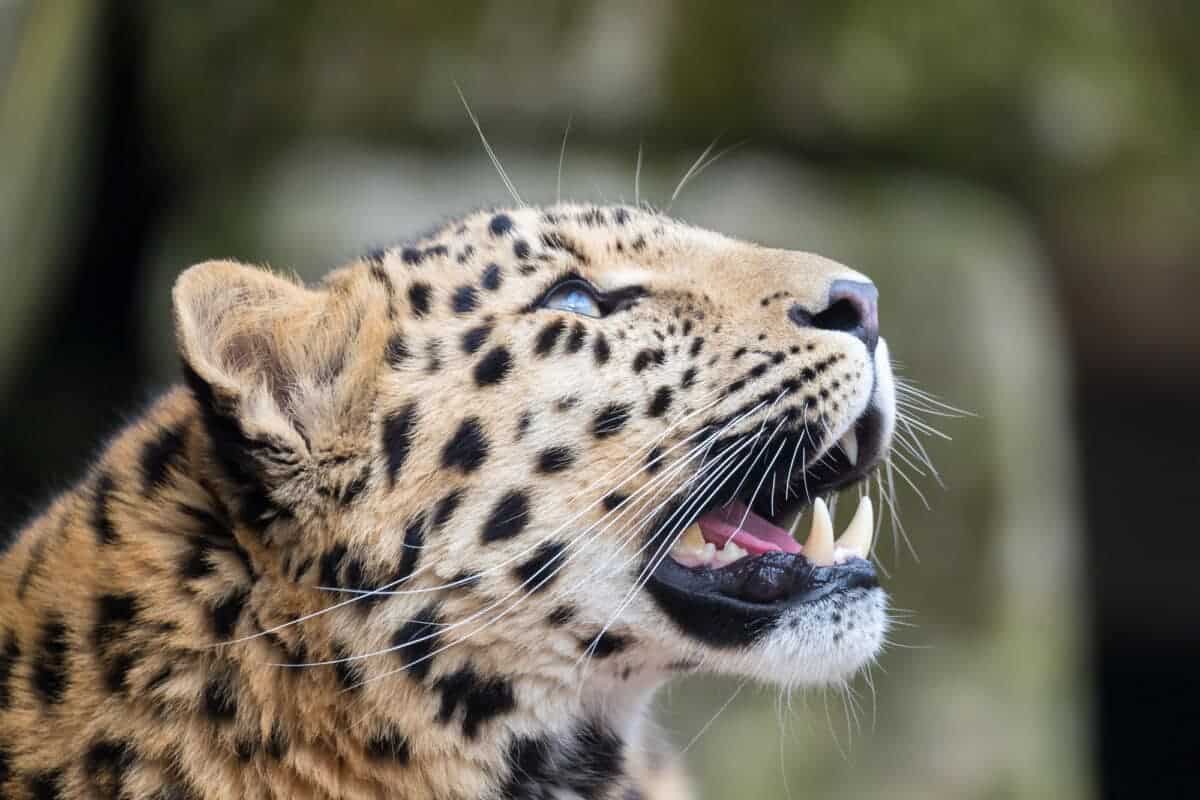
One way the Amur leopard has adapted to its environment is by developing its camouflage and hunting skills. Its thick fur coat, helps it to blend seamlessly into its surroundings. With its lightning-fast reflexes, the Amur leopard can remain hidden from its prey until the very last moment.
Another adaptation that the Amur leopard has developed over time is its unique ability to cope with the harsh winters that blanket its habitat. With temperatures routinely dropping below -30 degrees Celsius, this species has evolved a thick fur coat. The Amur leopard also has a layer of fat to keep it warm during the coldest months.
Additionally, the Amur leopard exhibits the use of caves and dens for protection and insulation, and it stores food during times of scarcity.
Furthermore, the Amur leopard is an incredibly agile and versatile creature, which has enabled it to conquer various terrains that would be inaccessible to other animals. The species exhibits tree climbing and is capable of leaping up to six meters in a single bound. It can also swim across rivers, expanding its hunting range and avoiding becoming trapped by natural barriers.
Threats to the Survival of Amur Leopard
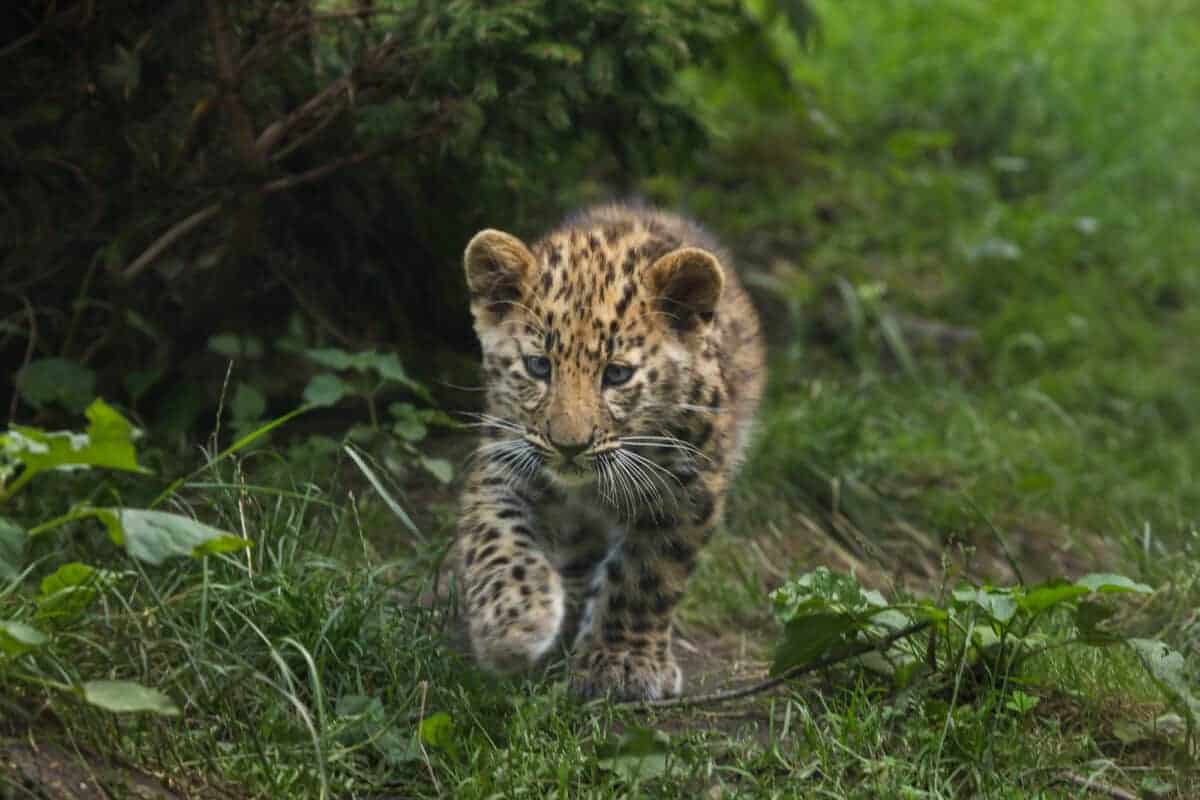
Habitat loss is a significant concern for the Amur leopard as its natural forest habitat is being destroyed at an alarming rate. This is due to unsustainable logging, agriculture, and infrastructure development.
Illegal poaching of their valuable skins and bones for use in traditional Chinese medicine has also greatly impacted the population. As a result, the Amur leopard is listed as critically endangered by the International Union for Conservation of Nature (IUCN). He is in urgent need of protection measures to be taken.
In addition to habitat loss and poaching, the Amur leopard faces threats from its prey base. The species depends heavily on ungulates such as deer and wild boar for food, but these animals are also susceptible to hunting and exploitation. Climate change is also a concern, as rising temperatures can alter the leopard’s habitat range, prey availability, and breeding patterns.
Conservation Efforts for Amur Leopard
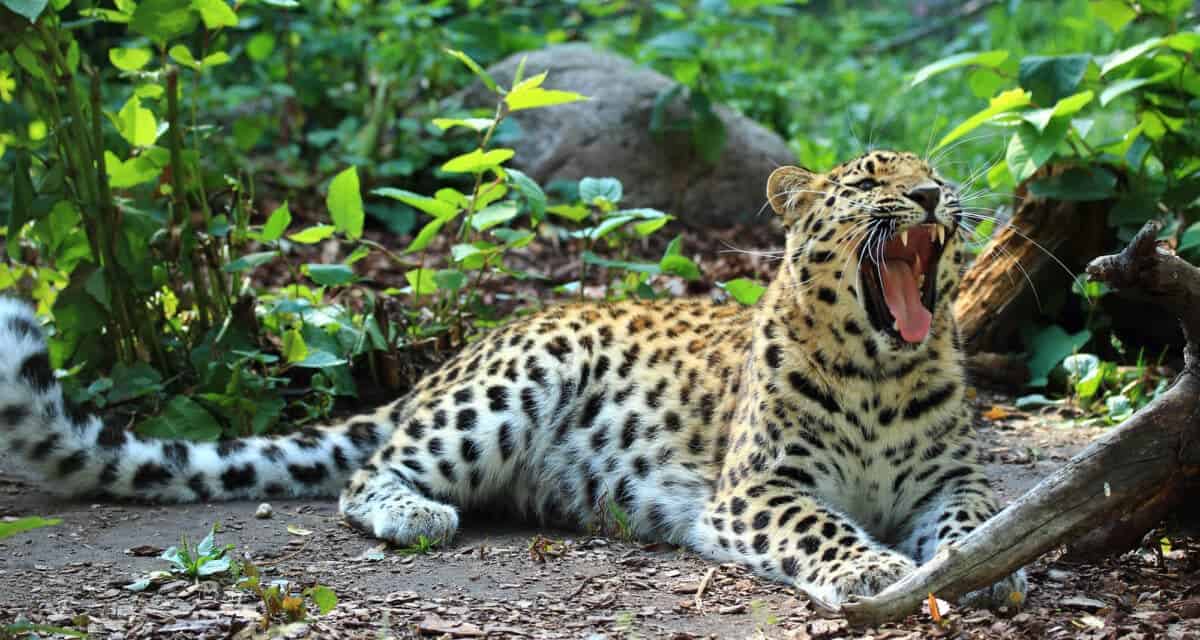
Conservation efforts for the Amur leopard have been a top priority for wildlife organizations and governments across the globe. This critically endangered species is considered one of the rarest big cats in the world and is only found in the far eastern region of Russia.
The Amur leopard’s population has steadily declined due to rampant poaching, habitat loss, and climate change. In the 1970s, there were about 30 individuals left in the wild, and in 2007, there were only around 30 to 40 individuals. The most recent census conducted in 2018 indicated a slight increase in population, with about 103 individuals in the wild. This is mainly due to successful conservation efforts by the Russian government and various non-governmental organizations.
One of the most significant efforts to conserve the Amur leopard population is establishing protected areas and wildlife corridors. The land has been set aside for the cats to roam and breed, and efforts have been made to link these areas to form a continuous stretch of habitat. Creating these corridors reduces habitat fragmentation, maintains genetic flow, and ensures the species’ survival. Another essential aspect of conservation is reducing human-wildlife conflict.
Key Points
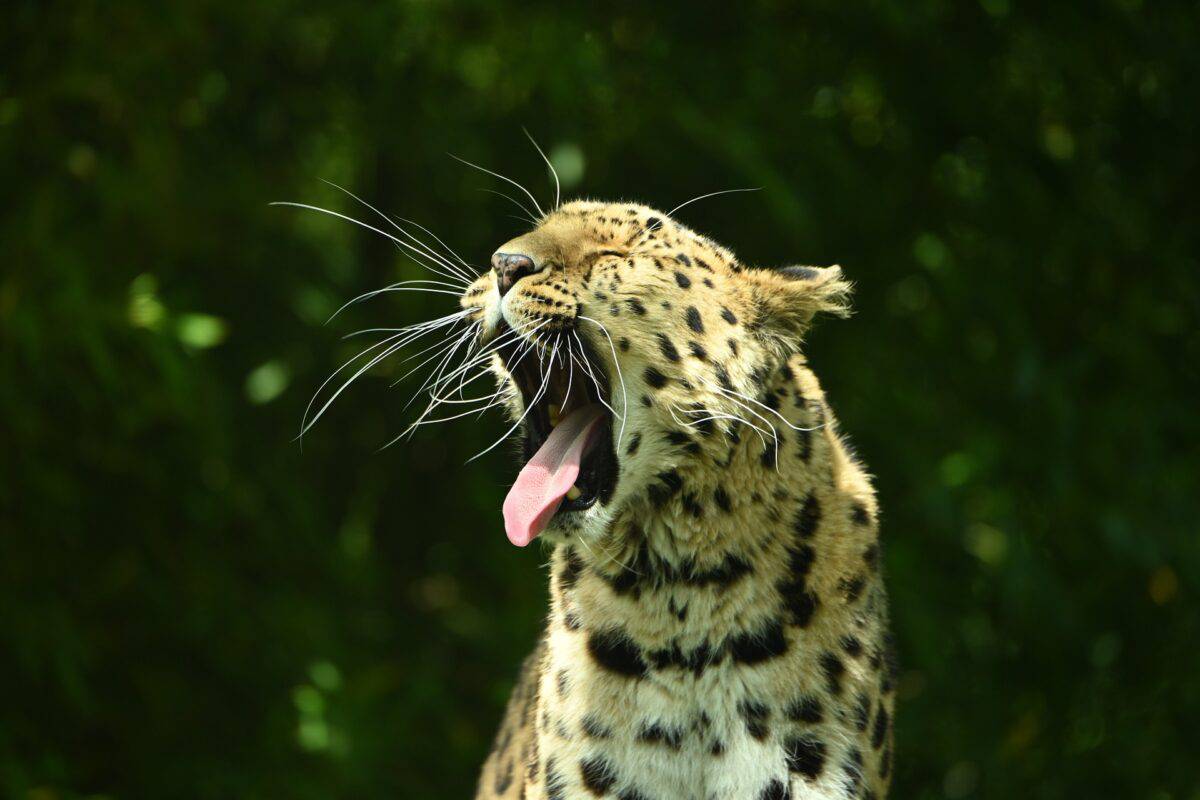
- The Amur leopard, also known as the Far East leopard, is a subspecies native to southeastern Russia and northeastern China.
- One of the most significant efforts to conserve the Amur leopard population is establishing protected areas and wildlife corridors.
- Furthermore, the Amur leopard is an incredibly agile and versatile creature, which has enabled it to conquer various terrains that would be inaccessible to other animals.
- One unique trait of Amur leopards is their ability to adapt to cold climates.
The Final Say
We must take action to preserve this amazing species before it’s too late.
By actively working to preserve their natural environment, we are investing in the future and the legacy we leave for upcoming generations. With our collective efforts, we can protect and ensure a bright future for the Amur leopard, allowing these beautiful animals to thrive in their natural habitats with the dignity and respect they deserve.
If you enjoyed this article as much as me, check out our related article links below!
- Watch: Lizard Greets Man like a Dog! - April 25, 2024
- Mama Deer Is So Worried About Her Baby - April 25, 2024
- Watch Innocent Baby Bird Walks up to Leopard – Wild Ending! - April 25, 2024

